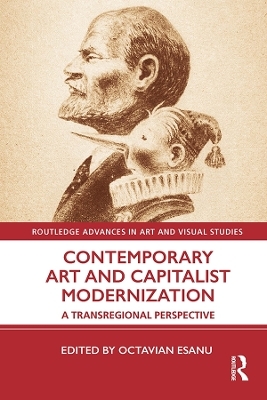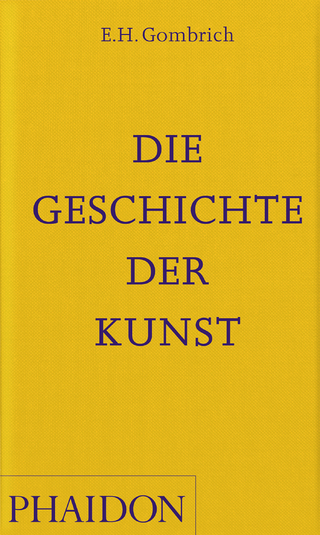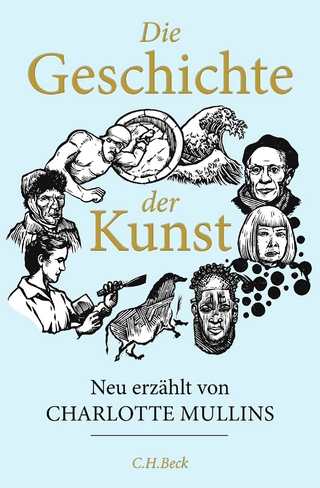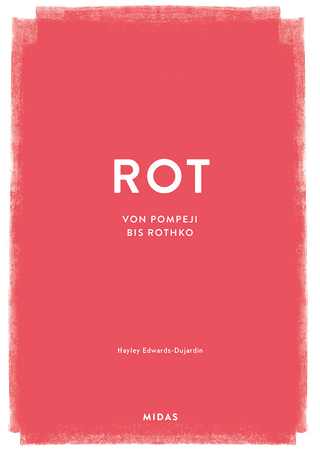
Contemporary Art and Capitalist Modernization
Routledge (Verlag)
978-0-367-55094-3 (ISBN)
The book concerns itself with the historical conditions in which a radically new mode of artistic production, distribution, and consumption – called "contemporary art" – emerged in some countries of Eastern Europe, the post-Soviet republics of the USSR, India, Latin America, and the Middle East, following both local and broader sociopolitical processes of modernization and neoliberalization. Its main argument is that one cannot fully engage with the idea of the "global contemporary" without also paying careful attention to the particular, local, and/or national symptoms of the contemporary condition. Part I is methodological and theoretical in scope, while Part II is historical and documentary. For the latter, a number of case studies address the emergence of the category "contemporary art" in the context of Lebanon, Egypt, India, Hungary, Slovenia, Croatia, Bosnia and Herzegovina, Armenia, and Moldova.
The book will be of interest to scholars working in art history, globalism, cultural studies, and postcolonial studies.
Octavian Esanu is an assistant professor of Art History at the American University of Beirut (AUB) and Curator of AUB Art Galleries.
Introduction (Octavian Esanu); Part I; 1. Towards a Historical Understanding of Post-Soviet Presentism (Angela Harutyunyan); 2. The Long-Lasting Present: Art, Duration, and Contemporaneity (Pedro Erber); 3. Periodizing Latin American Art Since the 1960s (Karen Benezra); 4. Neue Östeuropäische Kunst: The Global Contemporary and the Eastern European Retrocontemporary (Ivana Bago); 5. Art Form and Nation Form: Contemporary Art and the Postnational Condition (Octavian Esanu); 6. Three Questions for Terry Smith: Peripherality, Postmodernity, Multiplicity – Reconceiving the Origins of Contemporary Art (Interview with Terry Smith, with Octavian Esanu); Part II; Case Study 1: Nove Tendencije 2 [New Tendencies 2], Gallery of Contemporary Art Zagreb, 1963 (Ivana Bago); Case Study 2: Rabinec Studio: The Commodification of Art in Late Socialist Hungary, 1982–83 (Kristóf Nagy); Case Study 3: The 3rd Floor Cultural Movement, Yerevan 1987–1994 (Angela Haratyunyan); Case Study 4: The First Sanayeh Plastic Arts Meeting, Ashkal Alwan Beirut 1995 (Natasha Gasparian); Case Study 5: CarbonART 96 and The 6th Kilometer, SCCA Chișinău 1996 (Octavian Esanu); Case Study 6: Meeting Point, SCCA Sarajevo 1997 (Amila Puzicì); Case Study 7: Khoj International Artists’ Workshop, Khoj International Artists’ Association, Modinagar 1997 (Sabih Ahmed and Nida Ghouse); Case Study 8: Janja Žvegelj: Squash, Škuc Gallery Ljubljana 1998 (Tevž Logar and Vladimir Vidmar); Case Study 9: Al-Nitaq Festival of Art, Cairo 2000 and 2001 (Dina A. Mohamed)
| Erscheinungsdatum | 28.09.2023 |
|---|---|
| Reihe/Serie | Routledge Advances in Art and Visual Studies |
| Zusatzinfo | 62 Halftones, black and white; 62 Illustrations, black and white |
| Verlagsort | London |
| Sprache | englisch |
| Maße | 174 x 246 mm |
| Gewicht | 400 g |
| Themenwelt | Kunst / Musik / Theater ► Kunstgeschichte / Kunststile |
| Sozialwissenschaften ► Politik / Verwaltung | |
| Wirtschaft ► Allgemeines / Lexika | |
| Wirtschaft ► Volkswirtschaftslehre | |
| ISBN-10 | 0-367-55094-6 / 0367550946 |
| ISBN-13 | 978-0-367-55094-3 / 9780367550943 |
| Zustand | Neuware |
| Haben Sie eine Frage zum Produkt? |
aus dem Bereich


